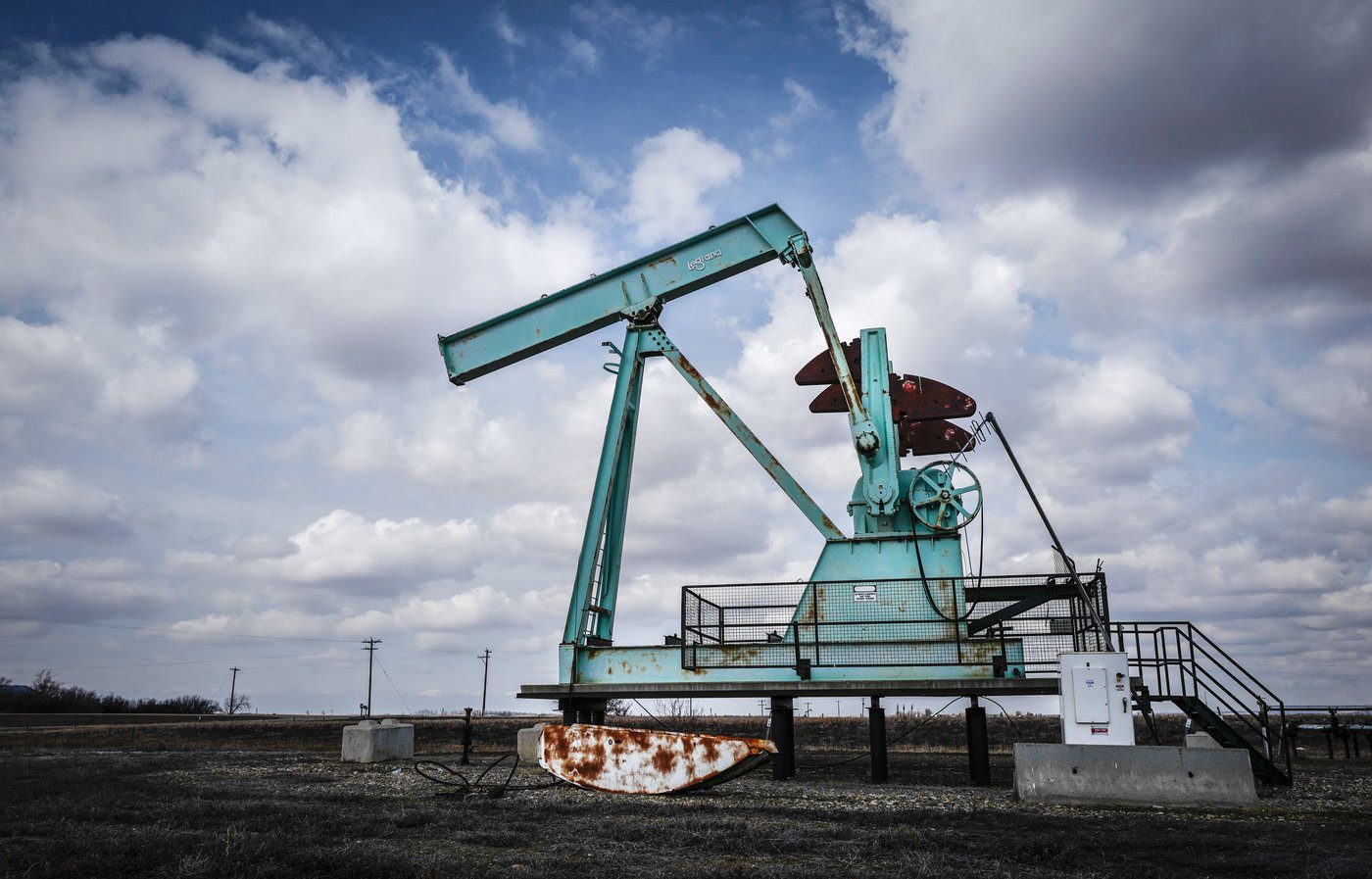A new report is warning the annual levy charged to Alberta oil companies to fund the cleanup of orphaned oil and gas wells remains too low to clear the backlog, or keep up with the rate of surrendering.
The report, written by former University of Calgary Public Interest Law Clinic lawyer Drew Yewchuk, says this year’s levy rate, combined with low rates in previous years, is leading to an estimated funding shortfall of $1.2 billion.
Yewchuk, now a PhD student at the University of British Columbia’s Allard School of Law, said it means funding for Alberta’s orphan well problem is more than a decade behind, and will only get further out of hand unless the levy is raised substantially.
The levy goes to the Orphan Well Association, a non-profit entity overseen by industry and regulator officials and tasked with reclaiming wells from companies that go bankrupt.
According to the association’s online inventory, it has more than 3,700 wells on its books, which could cost more than $860 million to fully reclaim. Yewchuk’s report notes the association also needs to repay more than $300 million in federal and provincial loans over the next 10 years.
The Alberta Energy Regulator recently announced the association will collect $144 million in levies this fiscal year, roughly double the rate set in 2022-23 before Alberta’s auditor general criticized the regulator for not analyzing the long-term sustainability of funding.
Yewchuk said despite the increase, this year’s levy continues a trend of underfunding.
In an attempt to buck that trend, Dwight Popowich, a landowner near Two Hills, Alta., has filed a request with the regulator for reconsideration, in hopes of getting a chance to argue for a higher levy through a hearing.
Popowich has had an inactive well on his property for more than a decade. The well was owned by Sequoia Resources, which went bankrupt in 2018.
The regulator announced earlier this year that some 2,500 assets and wells owned by Sequoia, including the one on Popowich’s land, became the responsibility of the Orphan Well Association.
In an interview, Popowich said he was told by the regulator it could take more than a decade for his well to be reclaimed.
Popowich, with the support of the Coalition for Responsible Energy advocacy group, plans to argue that current and past levy rates have violated the polluter pay principle in Alberta’s law regarding orphan wells.
“There’s no reason why I should have to be waiting another 10 years because oil and gas didn’t pay their fair share and the regulator didn’t follow the law,” Popowich said.
He said the orphan well fund is designed to be a safety net to protect taxpayers from the liability left by industry.
But as it stands, the net isn’t catching everything, he said.
“How can it be protecting us if the money isn’t there?” he said, adding that he and the coalition would consider going to court if the request is denied.
Energy regulator spokesman Renato Gandia says Popowich’s request is being reviewed, but didn’t say when a decision might be made on whether a hearing is granted.
Gandia also denied that this year’s levy prevented the association from reclaiming wells responsibly, and said the levy rate is a recommendation the regulator makes to the provincial government, which has the final say.
“The (Alberta Energy Regulator) uses information about the current volume of the orphan inventory, the volume of potential orphan energy sites, and the (association’s) average site closure rate to inform our recommendation,” Gandia said in an email.
“The recommended amount supports a reduction of orphan liabilities over time.”
Energy Minister Brian Jean’s office did not respond to a request for comment.
Yewchuk, in his report, calls for the annual process of determining the levy to be open to the public and include consultation with affected landowners and municipalities.
“This is a demand for some process, some reasons and some improvements in the amount of the orphan fund levy to try to get the orphan problem resolved in Alberta because we are more than a decade behind where we should be,” Yewchuk said in an interview.
He said consultation would provide an explanation for how the levy fits with the outstanding closure costs.
“The closure costs are always an estimate,” Yewchuk said.
“Getting information on how they’re producing that estimate as well and having the opportunity for the public to challenge it and to say that it has been underestimated is an important thing.”
This report by The Canadian Press was first published May 27, 2025.
Jack Farrell, The Canadian Press





